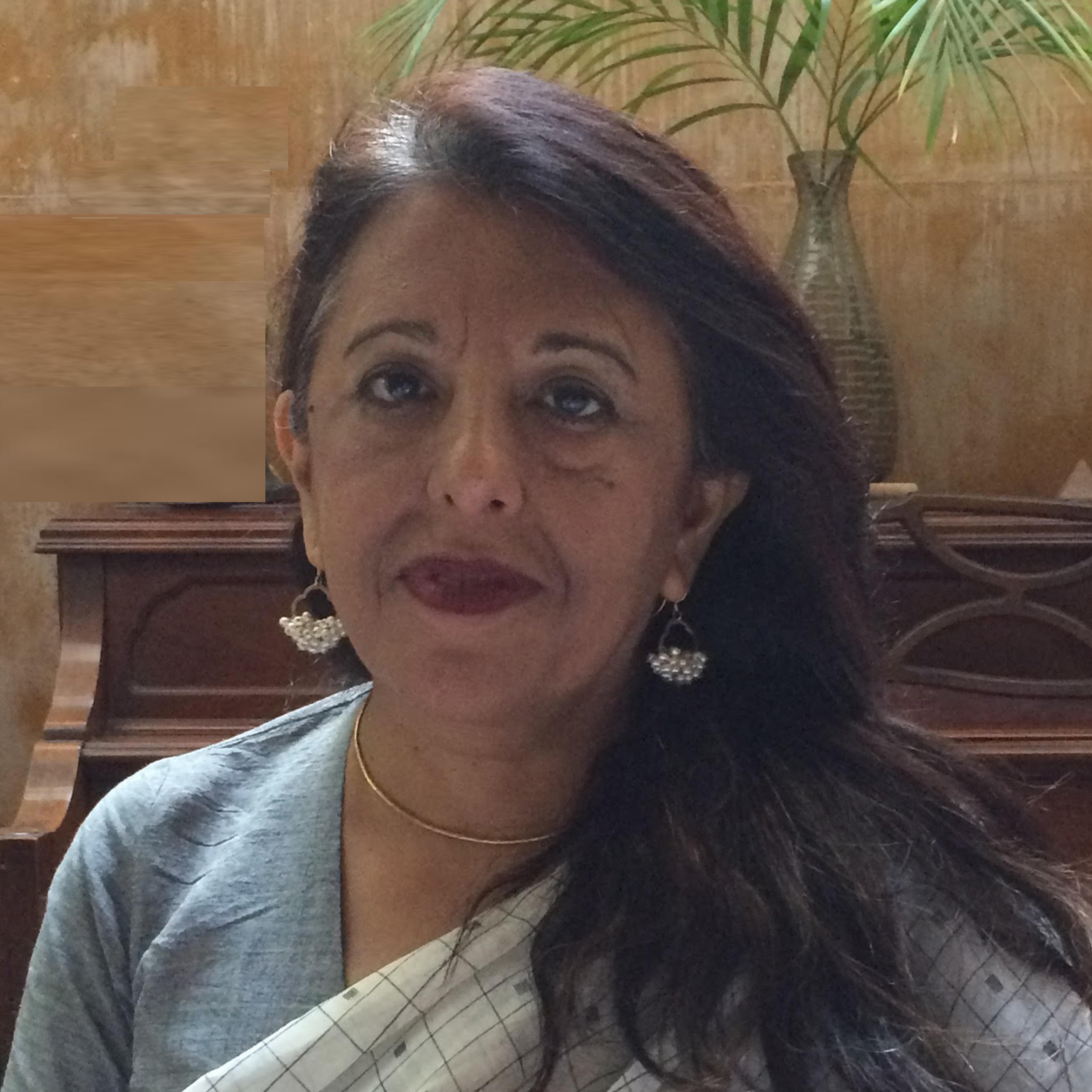Embroideries by women in Asia have in the last decades been increasingly seen as a subject of study by cultural historians, anthropologists, and women studies scholars. These domestic embroideries, whether for daily use or as part of a trousseau, constitute a visual language, embedded with meanings that served as cultural markers of identity. An orally transmitted tradition, embroidery embodies the cultural pollinations that influence societies and play a dominant role in women's lives.
It can be reasonably inferred that sewing skills have existed since the origin of the cultivation and weaving of cotton cloth. Though no extant tangible evidence of embroidered pieces are available in the Indian sub-continent prior to the late fifteenth century, archaeological finds in the ancient cities of the Indus Valley have unearthed bronze needles, indicating the existence of sewing skills as early as c 2000 BC. Furthermore, literary references, paintings and the plastic arts suggest that advanced and sophisticated techniques existed for embellishing woven cloth, leading to the conclusion that embroideries have been practiced in the Indian subcontinent for several millennia.
The cultural landscape of Asia has been bound together by a history of trade, migration and conquest, fostering cultural interactions that influenced and enriched embroidery styles. Fresh influxes of craft skills, motifs and symbolism were brought to various parts of Asia with the spread of religions - Hinduism, Buddhism, Islam and Christianity. Al...
This is a preview. To access all the essays on the Global InCH Journal a modest subscription cost is being levied to cover costs of hosting, editing, peer reviewing etc. To subscribe, Click Here.




